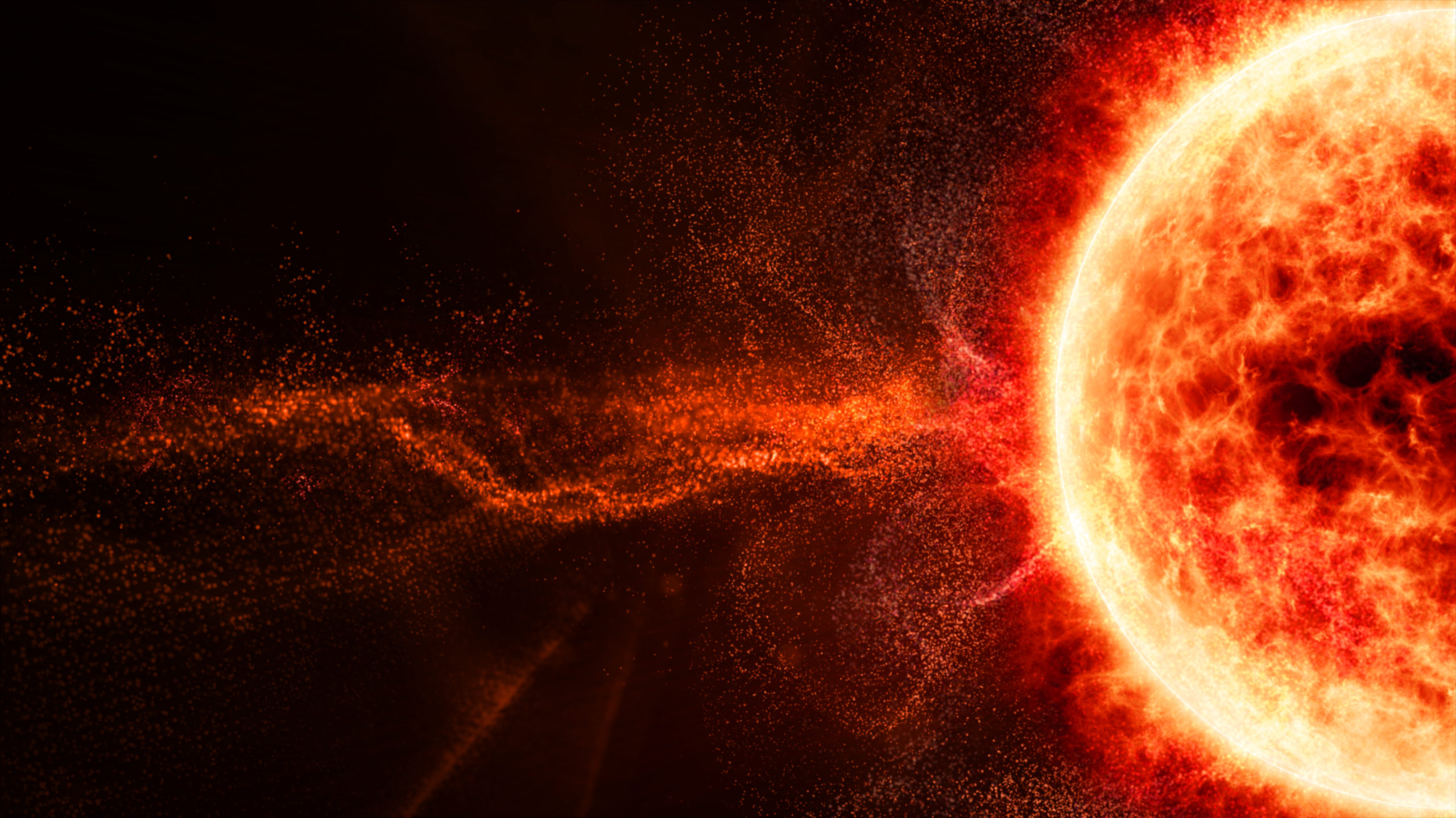The world needs a new large-scale, clean, reliable energy source. With the increasing electrification of transport, the exponential increase in global
energy demand, and the need for deep de-carbonisation, we need to be bold in tackling these problems. Nuclear fusion – the process that powers
the stars – can be a big part of the answer. It is low land-use, has effectively inexhaustible fuel reserves, less radioactive waste than nuclear fission, continuous supply and no carbon production.
Nuclear fusion is the process by which atomic nuclei, made up of neutrons and protons, combine to form a new atomic nucleus. The fusion of nuclei smaller than Iron-56 releases energy. This is because of the balance of forces involved in holding an atomic nucleus together. The ‘strong force’ binds nuclear particles together, whereas the ‘electromagnetic force’ causes repulsion of positively-charged protons within a nucleus. The more particles in a nucleus, the larger the strong force, which means it is easier to overcome the electromagnetic repulsion. In smaller nuclei, however, there is a larger ‘binding energy’ involved in holding the atomic nucleus together to overcome the electromagnetic repulsion. Thus, when two smaller atomic nuclei, with larger ‘binding energies’ fuse to create a larger nucleus, with a smaller ‘binding energy’, there is a massive excess of energy that is released.
The UK Atomic Energy Authority (UKAEA), in Oxfordshire, is helping to shape the future of energy production by hosting the world’s largest fusion
experiment and tackling some of the key materials and engineering challenges to making a nuclear fusion power station a reality. We offer a supportive route throughout people’s careers, for example student undertaking summer placements at Culham, a graduate entry programme and post-doc development scheme.
We spoke to a few of their recent recruits to find out what working for the UKAEA is like.
Chris Stuart – General Engineering, Cambridge, completed UKAEA’s 2-year
graduate scheme, currently a real-time control and software engineer.
“I’ve been interested in fusion since sixth form. We had been taught about fusion as this vaguely abstract thing that happens in the Sun. I got a little bit obsessed and after reading pretty much everything about it, I realised there’s a Sun closer to home – there was a Joint European Torus (JET) experiment in the UK, that was the first place to do controlled Deuterium- Tritium fusion reactions. Going through university I wanted to do something that was pushing sustainability. So UKAEA and JET just became something that was clearly a great fit for me.
I would say in UKAEA there’s quite a focus on developing people. I didn’t have specific expertise in plasma physics, but I came with a set of skills that UKAEA thought was useful and they were very prepared to develop me and help me build more skills along the way. “
Lucy Kogan – Physics, Bristol, Particle Physics PhD, Oxford, currently a software engineer on MAST upgrade.
“The opportunities available on site are very broad. We have departments with scientists involved in the experiments happening on the reactors. Then we have staff working on the tools and analysis that supports that work, right down to the engineering roles developing control systems, designing parts for current and future tokamaks.
Fusion is really cross-disciplinary. You need scientific research to push barriers, but for energy purposes engineering an implementation is one of the big challenges. We have everyone from mathematical modellers and theoretical physicists to material scientists, engineers and software developers.
Viable fusion energy is definitely possible, it’s just that there is a lot of work to do! I think we are lucky to be working here, towards that goal.“
James Buchanan – Physics undergrad and Particle Physics PhD, Oxford,
completed UKAEA’s 2-year grad scheme, currently in the scientific computing
group (HPC Specialist RSE)
“I was looking for what I could do that would allow me to apply my skill-set that I had developed during my PhD, whilst also finding something interesting and somehow meaningful. UKAEA was one of the first things I had stumbled across, and literally the day after handing in my thesis I thought “that seems really interesting” and I applied for their grad scheme.
The work itself is intellectually interesting and fun to do, and I consider myself a lucky guy to be working in such a place. There’s also quite a lot of freedom with your work and you can pursue things that you’re interested in. But also, it’s just a very nice environment to work in – a lot of the people that I work with are also my friends outside of work.
Fusion energy is a very global endeavour and requires a lot of international collaboration, so we have a large European contingent that work here as well as colleagues from across the globe.“





